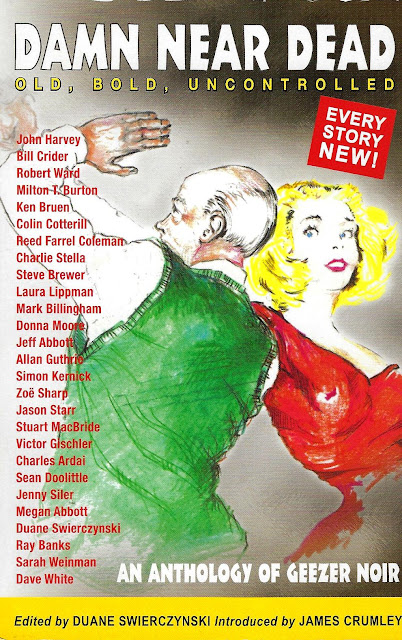I found it difficult to write more than a superficial review of this book without revealing some of the plot. If you have not read this book, and don't want to know much about the plot, I would pass on this review until you have read it. I knew little of the overall plot before I started reading the book, but I did know the ending. That did not spoil the book for me, but I would have preferred to go into the book with no knowledge of the story at all.
These are the major characters:
Anna Karenina, née Princess Oblonsky, is the wife of Alexei Karenin, who is 20 years older than she is. She is the sister of Prince Stepan (Stiva) Arkadyevich Oblonsky.
Princess Ekaterina (Kitty) Alexandrovna Shcherbatskaya is the sister of Princess Darya (Dolly) Alexandrovna Oblonskaya, married to Prince Stepan.
Count Alexei Kirillovich Vronsky, a cavalry officer.
Konstantin Dmitrievich Levin, a wealthy landowner.
The story centers around Kitty and Levin and Anna.
Anna is not happy in her life as the wife of a Petersburg government official but she does enjoy the social life and the things she can afford as the wife of a wealthy man. They have a young son that she adores.
Anna visits Moscow at her brother Stiva's request. His wife Dolly has discovered that he has a mistress, and is threatening to leave him. They have five children, and he wants her to stay married to him. Anna's goal is to talk Dolly into staying.
While in Moscow, Anna goes to a ball that Kitty and Count Vronsky also attend. Kitty is very young, and she expects Vronsky to propose marriage at the ball. However, Vronsky dances with Anna and they are very attracted to each other. When Vronsky does not propose, Kitty is humiliated. Vronsky and Anna get involved and soon are having an affair.
Levin is a family friend of Stiva and Dolly, a wealthy landowner, and in love with Kitty. He had proposed to Kitty earlier, but was rejected. His life is more simple than the other characters who are involved in society in Moscow or Petersburg. He must spend time running his farm, and he takes his responsibilities there seriously.
Obviously there is much more to the story and the tale unfolds in over 800 pages.
My thoughts:
When I finally decided to read Anna Karenina, I had had my copy at least 12 years. It was time to make a decision to read or not read. I was put off by the length and my opinion that it would be a depressing book, but it was on my Classics List. The book was not as difficult a read as I expected, but at least half of the story was depressing. And it took me four months to read it.
I had difficulty reading this book mainly because of Anna's plight. She brings her problems upon herself, but she is in the unfair position of not being able to divorce her husband and still have some rights to her son. She, like other women at the time, had very little control over her life.
On the other hand, I enjoyed reading about Levin, his trials and tribulations, and his propensity for evaluating his life and that of others. He was a good man and a hard worker. I liked that he and Kitty do find their way to each other and enjoy their life together. Levin is surprised to find that marriage is not always idyllic, but together they learn how to deal with their differences. There are portions of Levin's story that are drawn out and overly long, but those parts also reveal a lot about life in Russia in the 1800s.
Anna Karenina is good book, deserving of the designation as a classic, and I am glad I read it. I learned a lot about life in Russia when it was written. My edition had footnotes and explanations; for instance, there was a note explaining the laws that governed divorce and the rights of women at the time. I liked the Levin / Kitty plot but I had to mostly force my way through Anna's story.
At times I had problems with the Russian names. Some of them were very similar (both Vronsky and Anna's husband are often referred to as Alexei, which was very confusing) and the same person was referred to at various time by their real name or nicknames.
-----------------------------
Publisher: Penguin Classics, 2004 (orig. pub. 1878)
Length: 838 pages
Format: Trade paperback
Setting: Russia
Genre: Fiction, Classic
Source: On my shelves for many years.
Translated by Richard Pevear and Larissa Volokhonsky


























